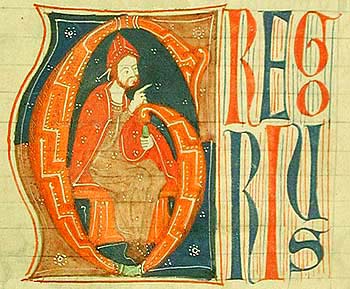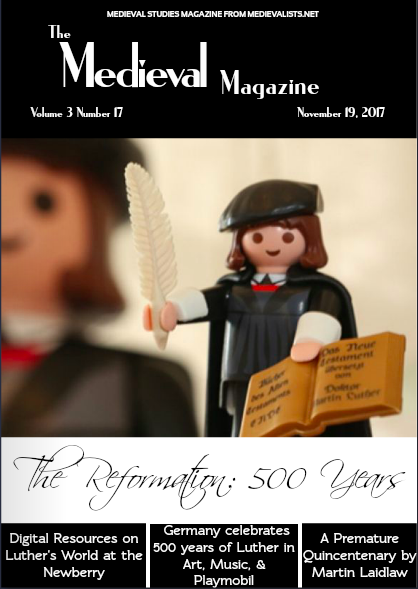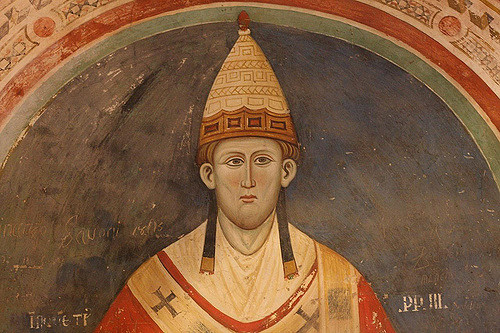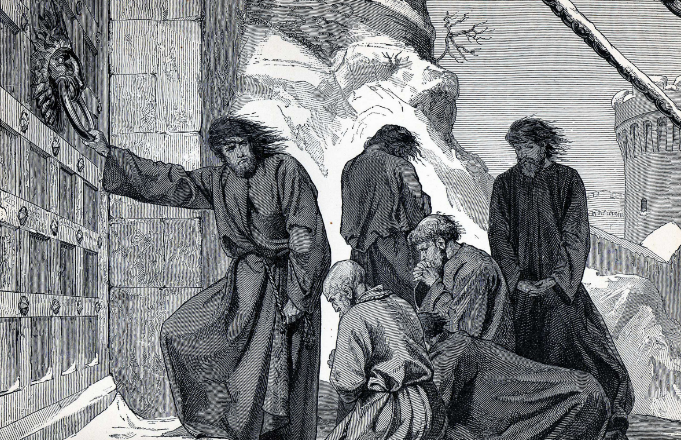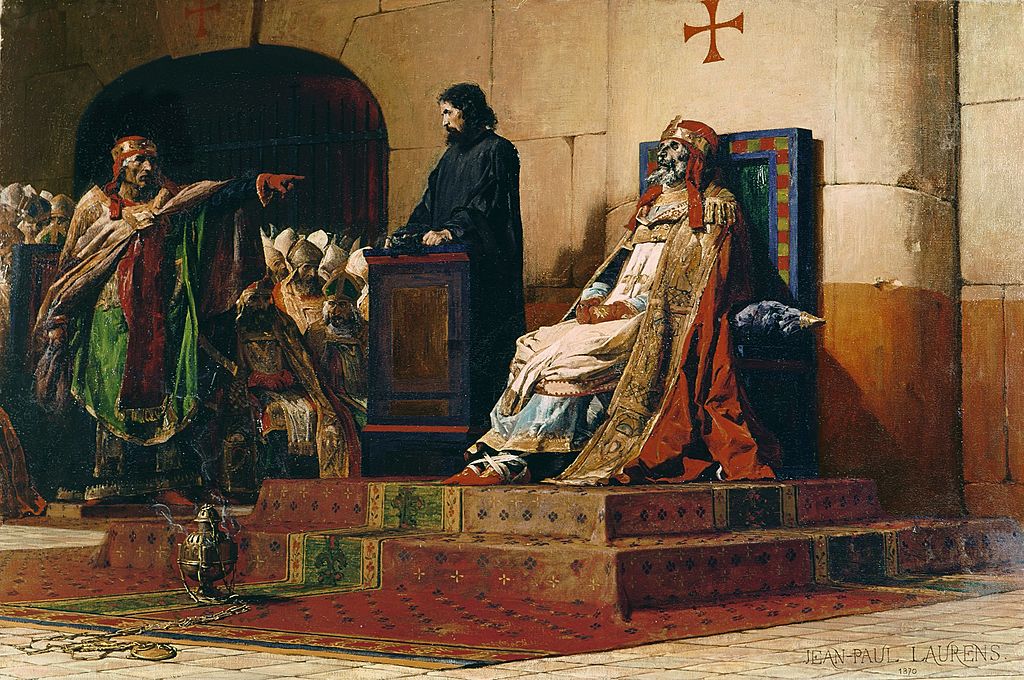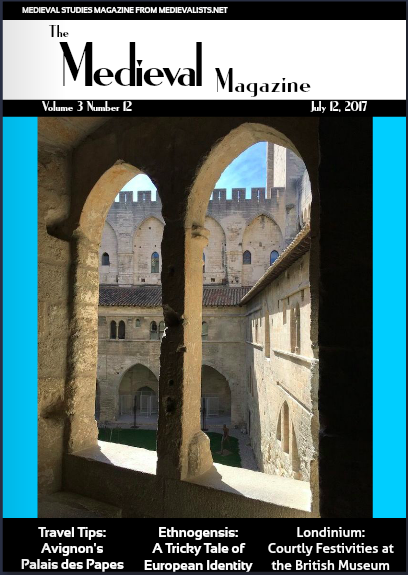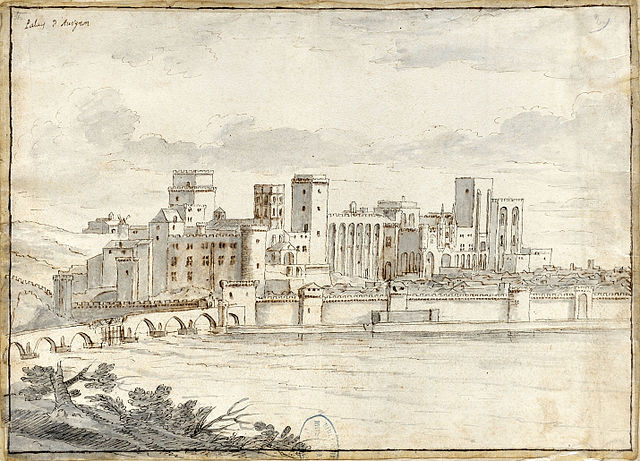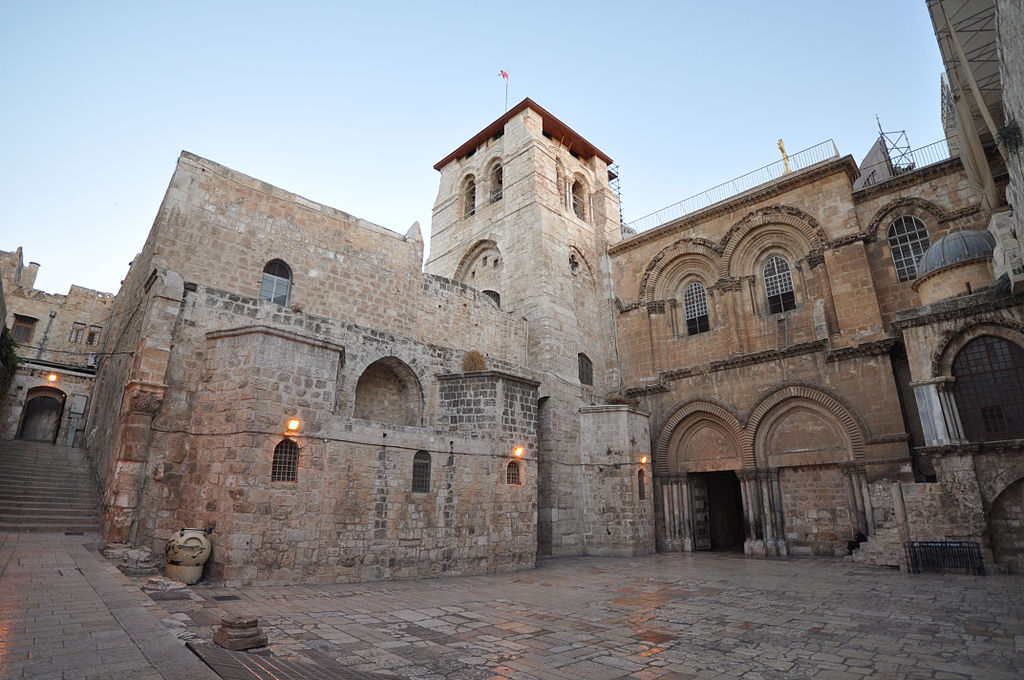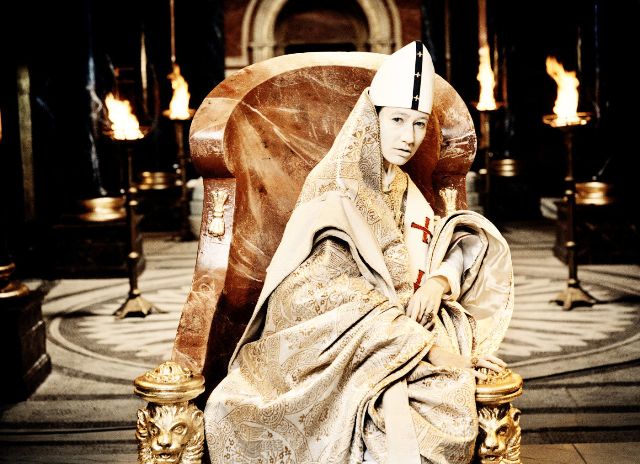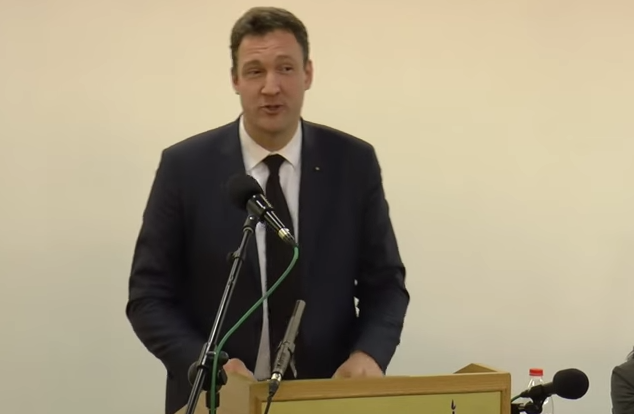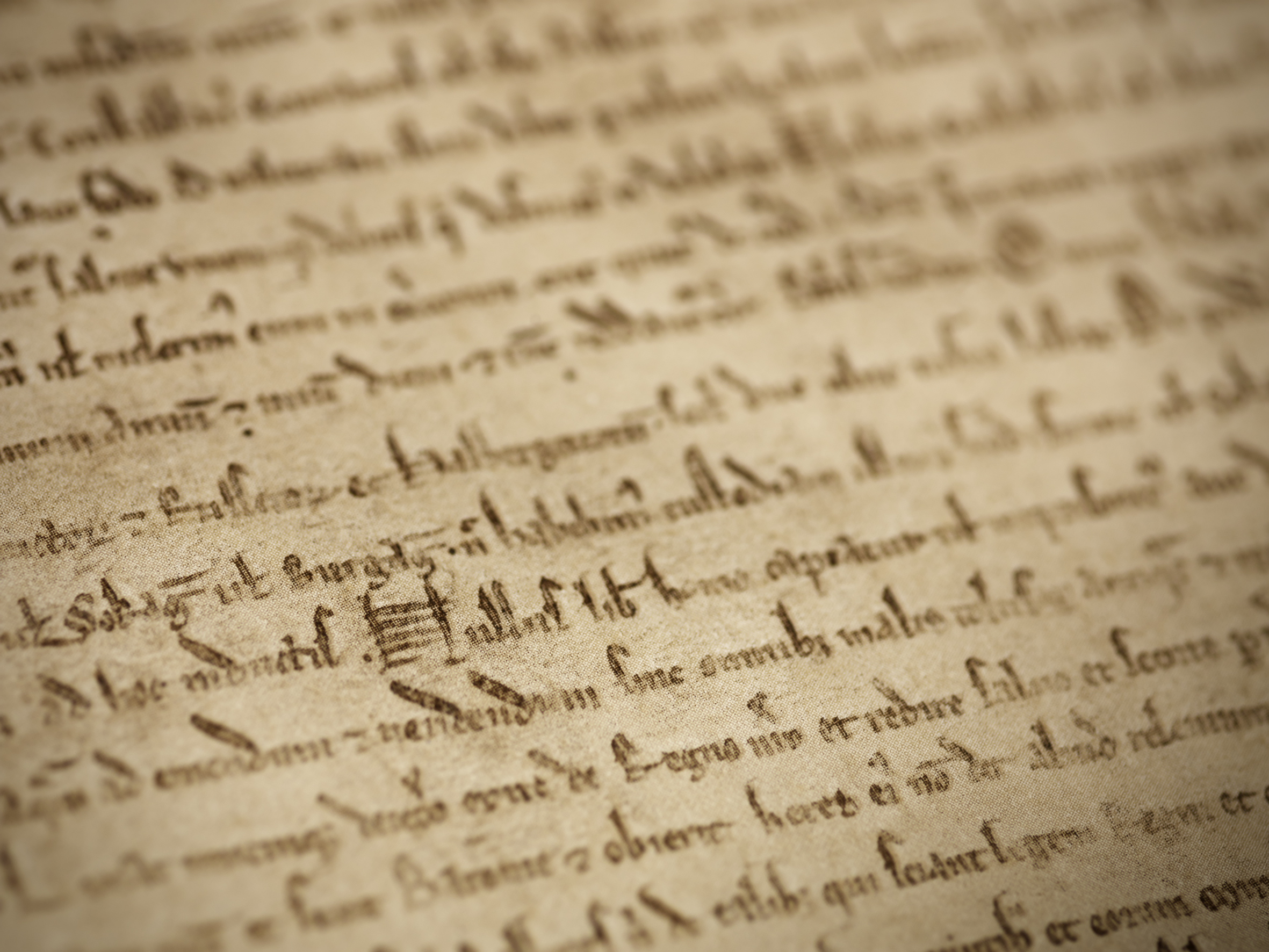The Papacy, Inquisition and Saint Guinefort the Holy Greyhound
The legend of St Guinefort the Holy Greyhound reveals the medieval Church engaged in a familiar struggle: to balance popular piety with orthodox teaching.
Hadrian IV (1154-1159) and the “bull” Laudabiliter: a historiographical review
This work represents an exploration into the historiography of a hotly debated historical document known as Laudabiliter.
Medieval Geopolitics: Why Kings (and not Popes) should rule
Looking at two texts from the early 14th century that put forth the arguments for total regnal supremacy.
Medieval Geopolitics: James of Viterbo and More Papal Supremacy
James concluded that the Church must be considered a true kingdom – a regnum ecclesiae.
Medieval Geopolitics: Giles of Rome on why the Pope should rule the entire world
The early fourteenth-century would see the King of France and the Papacy fighting over who was the superior power. One of the leading scholars of that time would weigh on the matter – and provide the key arguments for Papal Absolutism.
How to explain the Medieval Papacy
How on earth did it come to wield the enormous amount of power that it did in the 13th century?
Medieval Geopolitics: The Conflict between Pope Boniface VIII and King Philip IV of France
The clash between Pope Boniface VIII and the King Philip IV of France would lead to a consequential geopolitical question: where did the epicentre of supreme political authority lie in Medieval Latin Christendom?
The Great Western Schism, Legitimacy, and Tyrannicide: The Murder of Louis of Orléans (1407)
I will argue that the use of this kind of vocabulary during the Schism may have facilitated a slip into the rhetoric of tyrannicide, and may have incited it. I will suggest that the climate and rhetori of the Schism may have led John the Fearless to rationalize tyrannicide against his cousin, Louis of Orléans.
The papacy and Byzantium in the seventh- and early eighth-century sections of the Liber pontificalis
The papal narrative undermines the usual assumptions about the so-called Byzantine Reconquest and the Roman perception, if not the reality, of the degree to which ‘Byzantine rule’ was exercised in Italy between the middle of the sixth and first half of the eighth century.
Medieval Geopolitics: The Medieval “Church-State”
If you’re interested in why the medieval Church did what it did – and how it was able to do so in the political sphere – I think you’ll enjoy this series.
Pope Clement VI: attempts to resurrect the papal monarchy
The papacy of Clement VI (1342-1352) was distinguished by its political activism, its attempt to resurrect the impetus for crusading, and its efforts to attract the best and brightest talents to Avignon.
The Authoritative Text: Raymond of Penyafort’s editing of the Decretals of Gregory IX (1234)
The Decretals has long been understood as a key text for the study of the medieval papacy, the rise of scholasticism within the universities, and the extension of the Church’s jurisdiction into almost every area of medieval life.
The Medieval Magazine: (Volume 3: No. 18): Issue 101: Reformation 500
In this issue: 80+ pages of news, books, articles, exhibits, and events, with a focus on the 500th Anniversary of the Reformation!
Judicial Inquiry as an Instrument of Centralized Government: The Papacy’s Criminal Proceedings against Prelates in the Age of Theocracy (Mid-Twelfth to Mid-Fourteenth Century)
From the end of the twelfth century until the Great Schism, the papacy prosecuted hundreds of prelates who were charged with ‘crimes’ (crimina), ‘excesses’ (excessus), or ‘enormities’ (enormia, enormitates), these words being used interchangeably in the documents.
The Walk to Canossa: The Tale of an Emperor and a Pope
Ever since it happened people have been debating what took place at Canossa. Some have called it a brilliant masterstroke by Emperor Henry IV, while others have termed it his humiliation.
The Cadaver Synod: Low Point in the History of the Papacy
The notorious Cadaver Synod, when one Pope put on trial the corpse of one of his predecessors. Perhaps the lowest point in the history of the Papacy, the story of this trial is as murky as it is strange.
The Medieval Magazine (Volume 3, No. 12) : Medieval Nation
In this issue we tackle National Holidays and the development of Nations, manuscripts at the Getty, and look at courtly festivities and jousting in London. We’re also baking bread Viking style, taking a trip to Avignon, and joining the medieval navy!
Medieval Sources of Sovereignty: The Idea of Supreme Authority in Quanto Personam and its Glosses
Pope Innocent III’s decretal Quanto personam, issued on 21 August 1198, makes a number of claims regarding the locus, source and character of supreme authority within the Church.
Medieval English Embroidery on Display for the Last Time at the V&A’s Opus Anglicanum Exhibit
The V&A Museum opened its latest medieval exhibit exhibit on Saturday: Opus Anglicanum: Masterpieces of English Medieval Embroidery. I had the opportunity to see it opening day and it was spectacular.
Plague, Papacy and Power: The Effect of the Black Plague on the Avignon Papacy
The plague came at a critical moment for the Church, and the papacy at Avignon did not adequately rise to the challenge.
Crusaders, Pilgrims, and Relics – Bearers of the Cross: Material Religion in the Crusading World 1095-1300
The Museum of the Order of St. John is hosting a series of events and talks to promote their project: Bearers of the Cross: Material Religion in the Crusading World 1095-1300.
Movie Review: Pope Joan – Medieval Legend Comes to Life Onscreen
Released in 2009, also under its German title, ,Die Päpstin,, ,Pope Joan’ recounts the medieval legend of Johanna von Ingleheim, a woman who disguised herself as a man, lived as a monk, and eventually went on to become pope in the ninth century.
The First Great Divergence?
The ‘Papal Revolution’ in late eleventh and early twelfth century western Europe and the unsuccessful campaign by Wang An Shi and his followers to reform the imperial administration of Song China at just the same time are regarded as critical turning points in their respective histories.
Game of Thrones – East and West, Constantinople and Rome, Emperor and Bishop
The following is a tale of the struggle between the Emperors of Constantinople and the the Bishops of Rome
KZOO 2015: Session #42 – Magna Carta in Context
This coming week I’ll be featuring summaries on some of my favourites sessions and papers from #KZOO2015. I kicked off my first session on Thursday with the Magna Carta.











